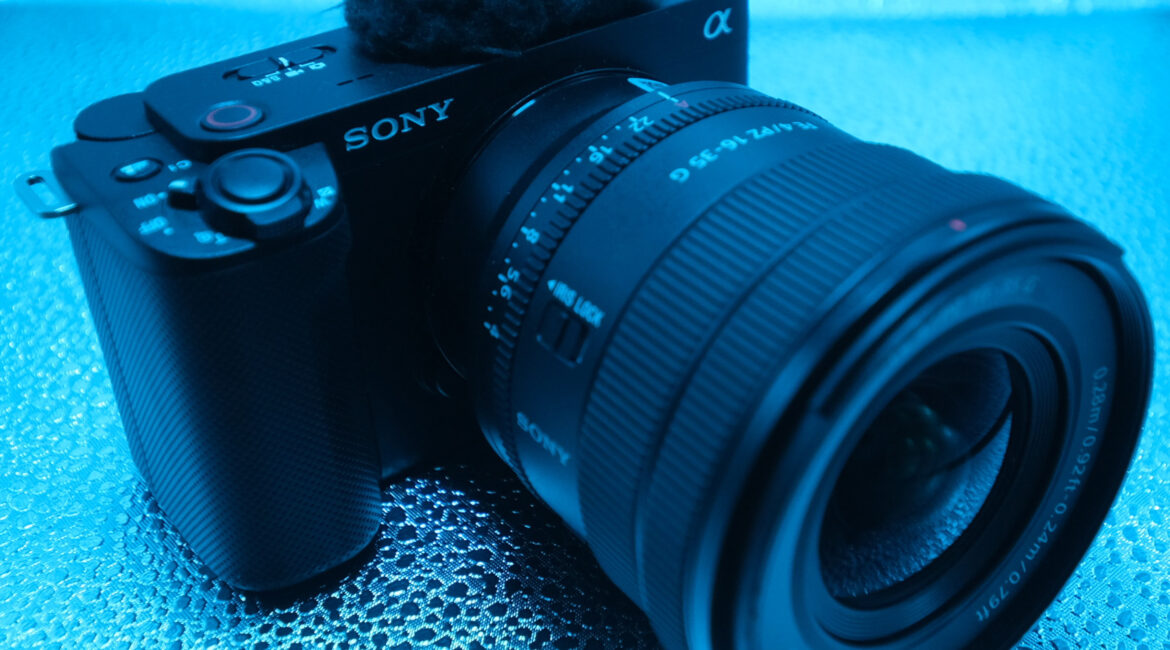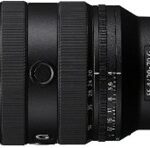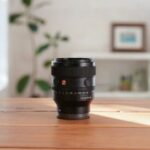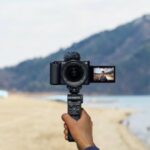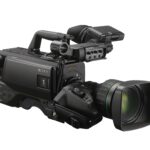Sony has packed a lot of things into the ZV-E1, a camera from a range I have been trying to look at for over18 months now. (The fact there is more than one camera with the “ZV” prefix can be a little confusing: I made the initial mistake of thinking I was receiving an ZV-E10 for review and when I double checked the price, I thought was around the AUD$1K mark, and saw it was actually AUD$3299 body only, I was a little taken aback before the penny dropped.
On the surface, Sony appears to be aiming this camera at the so-called Vlogger, which has been a somewhat stereotyped as those bandying around the title “content creators”. Ts immediately brings to mind tacky-ticky-tocky videos and the like, and I really don’t think anyone who makes these is going to shell out over 3 grand.
No, I agree with a number of other reviewers that the Sony ZV-E1’s primary market is the serious film maker, and I have even read one suggest it is the “solo operator’s FX3”, in other words, when there is extra crew involved.
There are a number of reasons for that, not the least being the audio, often the weak link on cameras such as this, is really rather good! This means in a lot of cases you won’t need an add on mic such as Sennheiser MKE600 or a separate audio recorder from the likes of Tascam or Zoom. Of course if you do need an external microphone, there is provision to connect one via a standard 3.5mm socket. There is also a separate headphone socket for monitoring.
 Second, also up there is the stabilisation in the ZV-E1. Sony has utilised an IBIS system (In-Body Image Stabilisation), and while it won’t totally replace a gimbal when a really tricky situation that calls for one, in many cases you’ll get by with just taking advantage of the in-camera stabilisation.
Second, also up there is the stabilisation in the ZV-E1. Sony has utilised an IBIS system (In-Body Image Stabilisation), and while it won’t totally replace a gimbal when a really tricky situation that calls for one, in many cases you’ll get by with just taking advantage of the in-camera stabilisation.
Next is the sensor. Whereas other similar models from companies like Nikon are using APS-C based sensors, Sony has opted for a full-on full frame sensor for the ZV-E1. This for the uninitiated means you have more control over depth of field and even get a better wide-angle coverage.
Sony has thought about the ergonomics too; there is a decent swing out LCD monitor that has full forward facing capabilities for the shooter also acting as talent, and the integrated right side hand grip allows a solid hold on the camera when not on a tripod (there is of course a tripod mounting thread on the base where sadly, the battery compartment is also located, admittedly a pet hate of mine.
My review model camera with a 16-35mm zoom lens gave a weight of 850g which is a decent heft. By comparison, my Fujifilm X-S10 with a similar lens tips the scales at 650g.
By the way, whilst the ZV-E1 not IP rated that I could find, it is nonetheless splash and dust resistant.
Controls
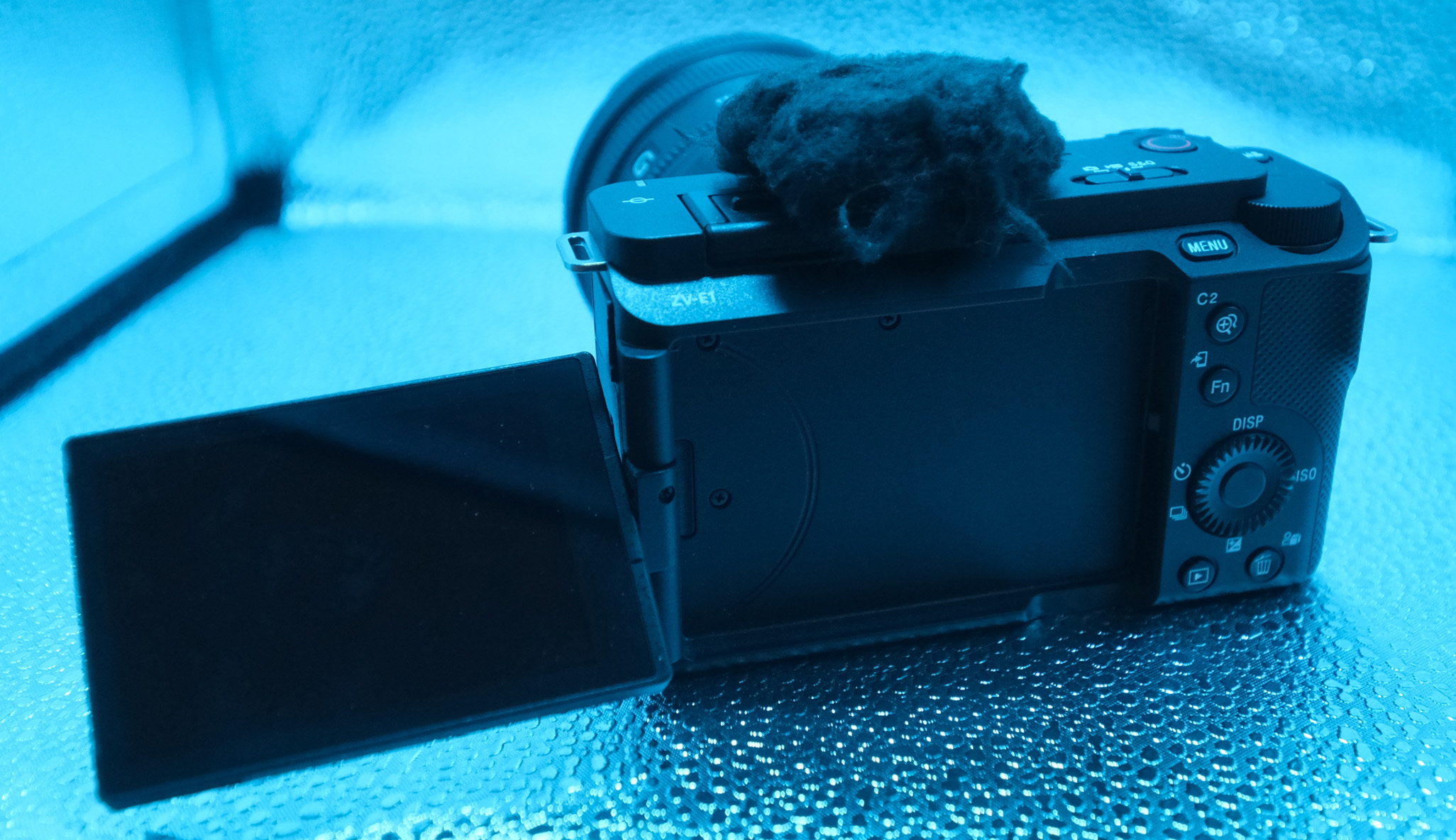 The controls are pretty much standard fare in their layout with one interesting difference in that there is no Mode switch, with instead, a toggle used to flip between still, video and slow / quick video modes. If you want other modes such as Aperture, Shutter and Manual, you access this via the on-screen menu. For mine, I don’t like this idea as in bright sunlight this becomes problematic, but I accept the fact it might grow on you, or at the very least, you’d get used to it.
The controls are pretty much standard fare in their layout with one interesting difference in that there is no Mode switch, with instead, a toggle used to flip between still, video and slow / quick video modes. If you want other modes such as Aperture, Shutter and Manual, you access this via the on-screen menu. For mine, I don’t like this idea as in bright sunlight this becomes problematic, but I accept the fact it might grow on you, or at the very least, you’d get used to it.
You can assign any of these to an Fn button of course, and there are a couple of these available. By default, one launches a menu to set the shooting mode, and the second is used for Sony’s Clear Zoom System for a 1.5x magnification on the LCD when recording in 4K. If in 1080p you get a 2x magnification.
AI
Yes, AI is now built into cameras, but unlike the ChatGPTs of the world that seem to be cropping up everywhere, the system in the ZV-E1 seems to actually work quite well.
In simple terms, it has been added to the focussing system for such things as subject recognition, body recognition (it knows where you head is for example) and auto framing and stabilisation.
I didn’t have time to try all of the possibilities, but reading up on some of them shows things have come a long way. The one that particularly appealed to me was the ability to pan from one subject to another with a single tap on the screen all the time correctly keeping depth of field.
Other Stuff
Sony says the NP-FZ100 battery supplied with the ZV-E1 is good for just shy of 600 photos or 95 minutes of video recording which is not too shabby at all. And you can charge on the go from a Powerbank using the USB-C port too.
The form factor of the ZV-E1 means that Sony has compromised on the HDMI port though as you only get a micro-HDMI not full size.
As is the norm these days, there is a companion app for both iOS and Android using Bluetooth and a QR code, and you also get dual band Wi-fi.
Conclusion
The Sony ZV-E1 is a good camera, a very good camera. For what I think is its target market, it fills a wonderful niche giving lots of flexibility and options for creativity, combined with some serious smarts in the AI department.
At the price it is not an inexpensive purchase I admit, but you have to look at this camera as a whole system I think – hence the mention earlier of the “no added crew” thing. In that light, it is a very good investment if you regularly use a camera under these circumstances.
This camera is designed directly with the Vlogger in mind. It’s just that Sony has broadened that term beyond what is the popular conception and perhaps that needs a little more explanation?

